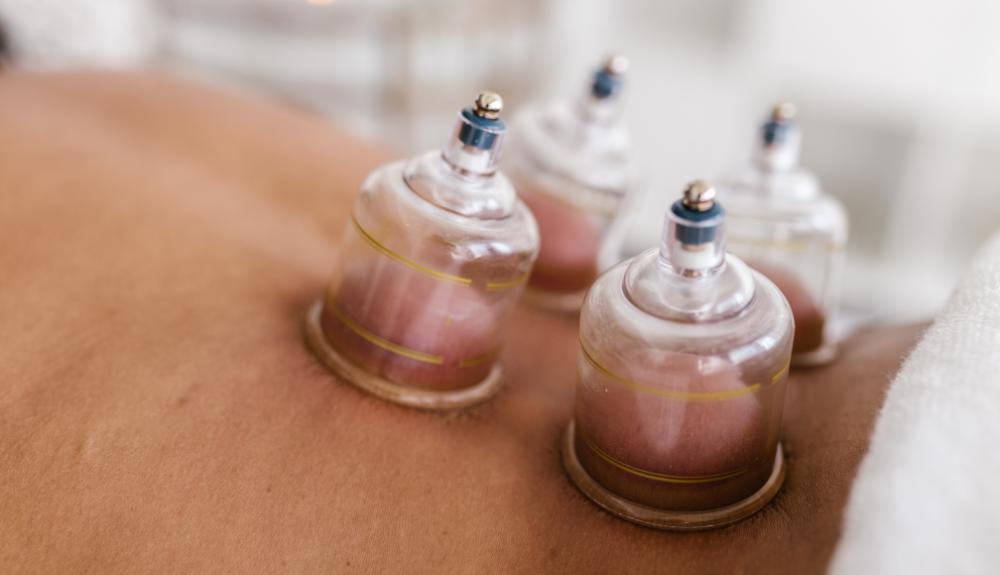Cupping therapy is an alternative treatment that has been gaining popularity in recent years, particularly among athletes. Cupping involves placing cups made of glass, bamboo, or silicone on the skin and creating a vacuum by suctioning the air out of the cups. This suction causes the skin and underlying tissues to be drawn up into the cups, creating a therapeutic effect that can help with a wide range of conditions, including sports injuries.
Sports injuries are a common occurrence among athletes, and they can range from minor sprains and strains to more serious injuries such as torn ligaments and fractures. Cupping therapy can be used as a complementary treatment to traditional sports injury treatments such as physical therapy, pain medications, and rest. Here are some ways that cupping can help someone with a sports injury:
- Pain Relief – Cupping therapy can provide relief from pain associated with sports injuries. The suction created by the cups can help increase blood flow to the affected area, which can reduce inflammation and promote healing. The increased blood flow can also help flush out toxins and waste products that may be contributing to the pain.
- Increased Range of Motion – Cupping therapy can help increase range of motion in the affected area. The suction created by the cups can help stretch and release tight muscles and fascia, which can improve flexibility and mobility. This can be particularly beneficial for athletes who need to maintain a high level of flexibility and range of motion to perform at their best.
- Reduced Muscle Tension – Cupping therapy can help reduce muscle tension in the affected area. The suction created by the cups can help relax the muscles, which can reduce pain and stiffness. This can be particularly beneficial for athletes who need to perform repetitive motions that can lead to muscle fatigue and tension.
- Faster Recovery Time – Cupping therapy can help speed up the recovery time for sports injuries. The increased blood flow and reduced inflammation can promote healing and reduce the amount of time it takes for the injury to heal. This can be particularly beneficial for athletes who need to get back to their sport as quickly as possible.
It is important to note that cupping therapy should always be done by a trained and licensed practitioner. It is also important to discuss any alternative treatments with your doctor before trying them, especially if you have a serious sports injury.
In conclusion, cupping therapy can be a beneficial treatment for athletes with sports injuries. It can provide pain relief, increase range of motion, reduce muscle tension, and speed up the recovery time for injuries. While cupping therapy should always be done under the guidance of a trained practitioner, it can be a safe and effective complement to traditional sports injury treatments.
RESEARCH
There have been several studies that have investigated the effectiveness of cupping therapy for sports injuries:
- A 2016 systematic review and meta-analysis published in the Journal of Acupuncture and Meridian Studies found that cupping therapy was effective in reducing pain associated with musculoskeletal conditions, including sports injuries.
- A 2015 randomized controlled trial published in the Journal of Traditional Chinese Medicine found that cupping therapy was effective in reducing pain and improving range of motion in patients with chronic neck pain.
- A 2014 randomized controlled trial published in the Journal of Pain Research found that cupping therapy was effective in reducing pain and improving function in patients with knee osteoarthritis.
- A 2012 review published in the Journal of Traditional and Complementary Medicine found that cupping therapy was effective in reducing pain and improving range of motion in patients with musculoskeletal conditions, including sports injuries.
While more research is needed to fully understand the mechanisms of action and effectiveness of cupping therapy for sports injuries, these studies suggest that it can be a useful complementary treatment for athletes with musculoskeletal pain and injuries.

